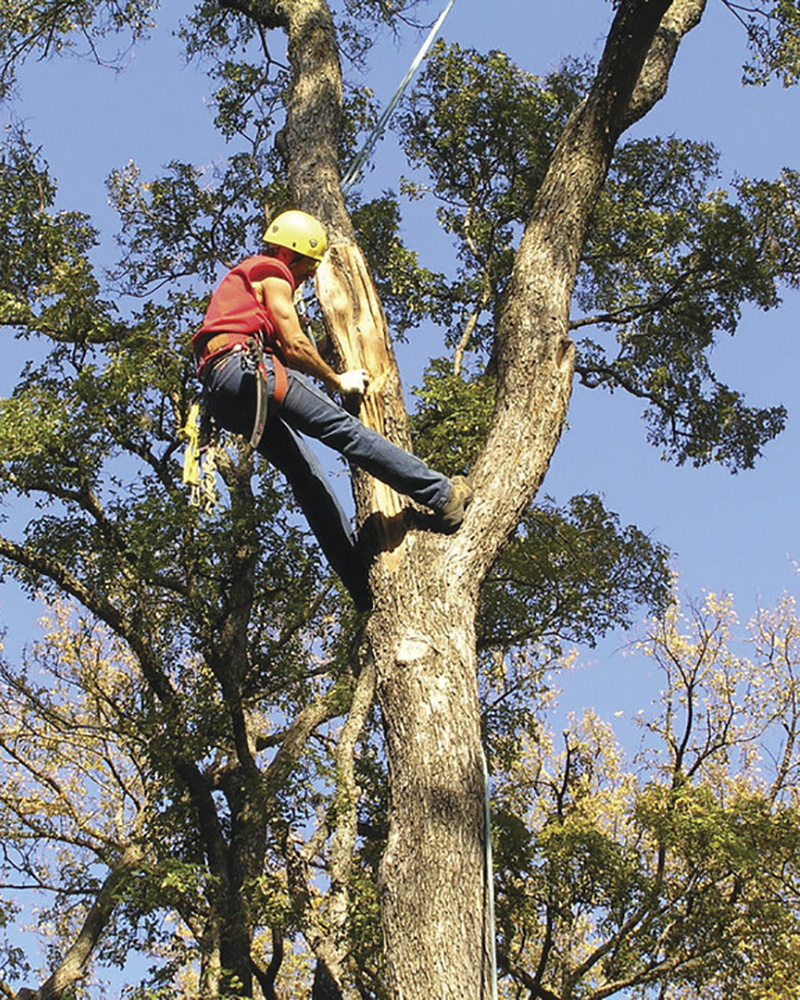Comprehensive Tree Service Guilford CT: RC Property Services.
Comprehending the Relevance of Tree Preservation and Preservation Practices in Urban Locations
In the busy landscape of urban environments, trees typically stand as silent guardians, providing a multitude of benefits that prolong much beyond their visual charm. As we explore the interwoven material of ecological, social, and financial advantages that urban trees offer, it becomes apparent that their preservation is essential for the health of future and existing generations.
Ecological Benefits of Trees in Cities
Trees in metropolitan areas play a vital function in providing numerous ecological benefits, contributing to the total health of city slicker. One considerable advantage is the renovation of air quality. Trees serve as natural filters, absorbing contaminants such as carbon monoxide gas, sulfur dioxide, and nitrogen dioxide, and launching oxygen right into the environment. This process helps in reducing the concentration of unsafe gases, making the air cleaner and much healthier for citizens.

Furthermore, trees add to water monitoring by minimizing stormwater drainage and dirt disintegration. Their origin systems take in excess water, preventing flooding and filtering system contaminants before they get to water bodies. This all-natural process assists keep water quality and safeguards marine communities in city areas. On the whole, the ecological benefits of trees in cities are crucial for creating sustainable and livable metropolitan atmospheres.
Social Value of Urban Tree Conservation
In contemporary urban landscapes, the preservation of trees holds significant social relevance for promoting area well-being and enhancing high quality of life. Urban tree preservation plays an essential role in developing spaces for social interaction and neighborhood engagement.

Economic Value of Tree Conservation
The conservation and conservation of urban trees offer significant economic advantages that add to the total economic well-being of cities and neighborhoods. Urban trees supply a variety of financial benefits that positively affect local economies. One substantial financial benefit of tree conservation is the rise in property values. Trees improve the visual charm of areas, causing higher home worths and bring in possible customers or occupants. In addition, city trees assist reduce energy costs by offering shade in the summertime and functioning as windbreaks in the winter season, thereby reducing the demand for home heating and cooling systems.
Furthermore, trees play a vital role in decreasing stormwater drainage and mitigating the impacts of flooding, which can cause cost financial savings for cities in terms of framework maintenance and repair service. Urban trees additionally add to enhanced air high quality by releasing and taking in contaminants oxygen, leading to prospective financial savings in medical care prices associated with respiratory system illnesses. By acknowledging and spending in the economic value of tree conservation, cities can advertise lasting growth, improve top quality of life, and create even more durable metropolitan atmospheres.
Methods for Sustainable Urban Tree Monitoring
An extensive approach to sustainable metropolitan tree monitoring entails integrating varied strategies that prioritize long-lasting environmental wellness and community wellness. Carrying out tree inventories and evaluations is crucial to recognize city tree populations, their health and wellness, and maintenance demands. Regular trimming, watering, and mulching are important techniques to ensure tree vitality. Taking on tree planting programs that concentrate on indigenous and climate-resilient varieties can enhance metropolitan biodiversity and sustainability.
Neighborhood involvement plays a pivotal function in sustainable city tree administration. Educating locals regarding the advantages of trees, organizing tree growing occasions, and entailing volunteers in tree care activities fosters a sense of ownership and stewardship. Cooperation in between neighborhood federal government, ecological companies, and locals is key to establishing and implementing reliable tree monitoring strategies.
Purchasing green infrastructure, such as city woodlands and green roof coverings, can give numerous benefits, consisting of enhanced air top quality, stormwater management, and city warm island mitigation. Tree trimming CT. Integrating trees into metropolitan preparation and layout processes guarantees that trees are valued as vital components of a durable and healthy and balanced urban environment
Community Participation in Tree Preservation
Community participation is a basic part in promoting sustainable urban tree administration techniques and making sure the lasting health and wellness and conservation of metropolitan tree populaces. Engaging the neighborhood in tree conservation initiatives can bring about raised awareness, appreciation, and stewardship of trees within urban locations. When homeowners actively join tree conservation, growing, and maintenance initiatives, they develop a sense of ownership and satisfaction in their regional environment.
Community participation additionally promotes social communication and cooperation among locals, regional authorities, and environmental organizations, fostering a common duty for city tree conservation. By organizing tree planting occasions, instructional workshops, and volunteer opportunities, neighborhoods can function with each other to improve the urban tree cover and create greener, much healthier cities.
Conclusion
In verdict, urban tree conservation and preservation methods play an important duty in boosting the ecological, social, and economic well-being of cities. By recognizing the worth of trees in urban locations and implementing sustainable management methods, areas can appreciate the numerous benefits that trees provide. It is vital for stakeholders to proactively join tree preservation initiatives to guarantee a greener and much healthier urban atmosphere for current and future generations.
:max_bytes(150000):strip_icc()/TrimmingTreeBranchesfromBucket-0e625ea8165b4987bee7d818102a6958.jpg)